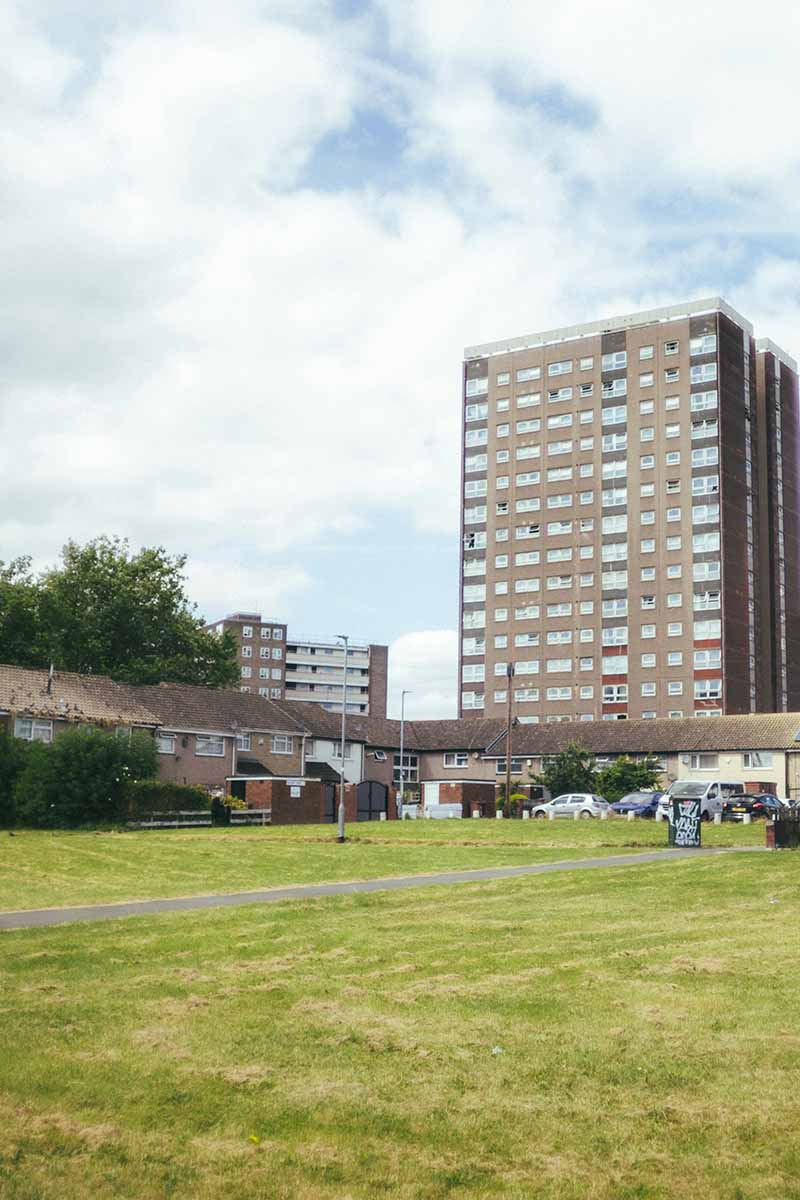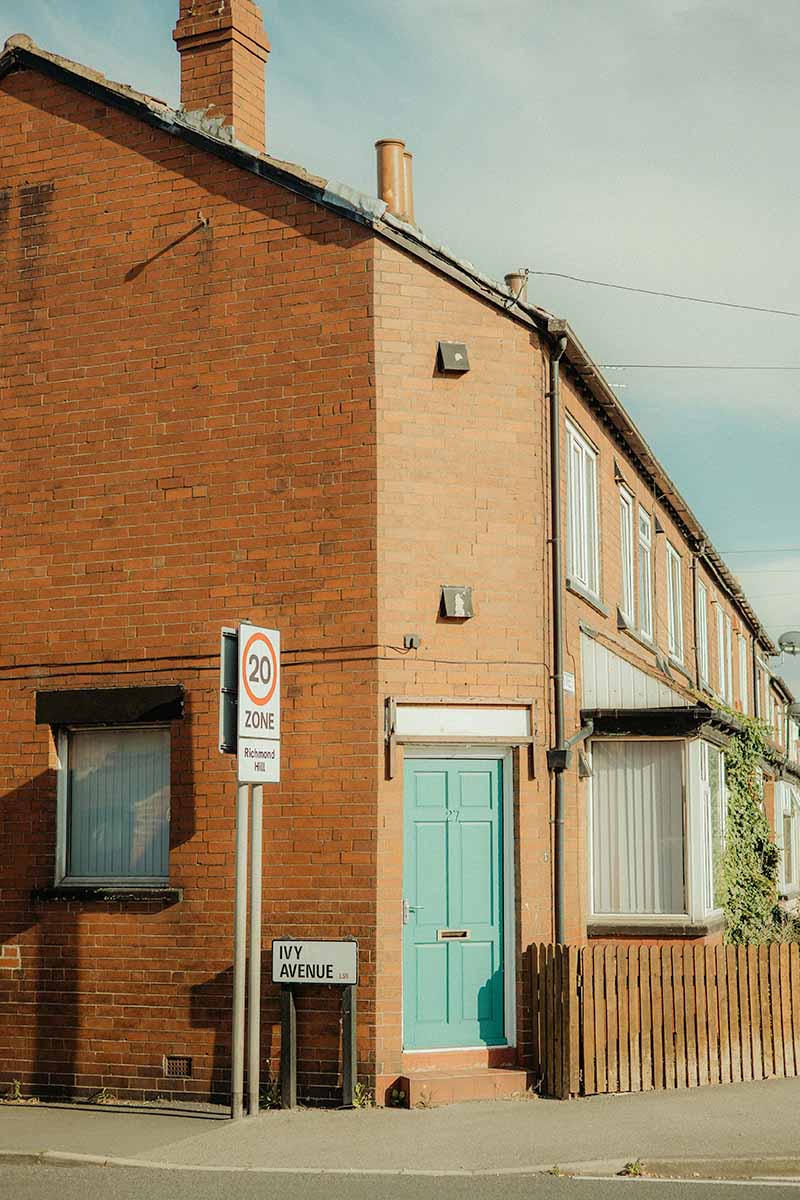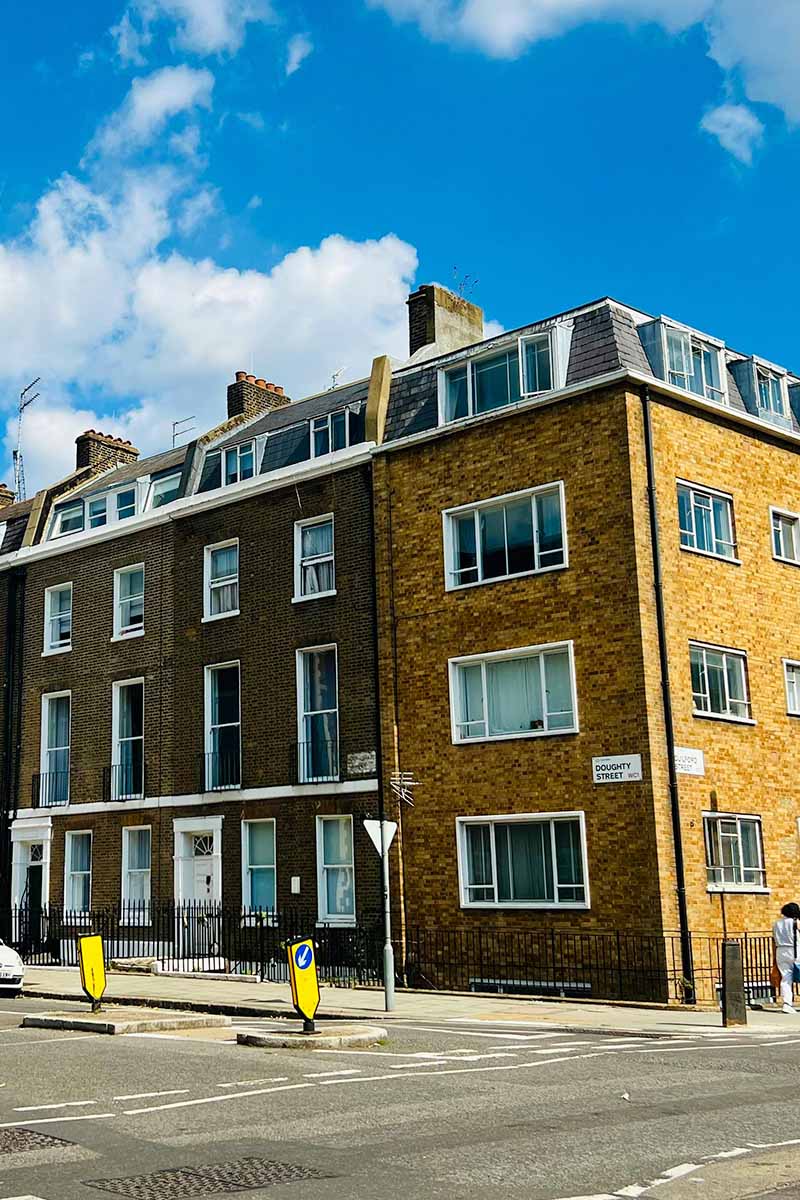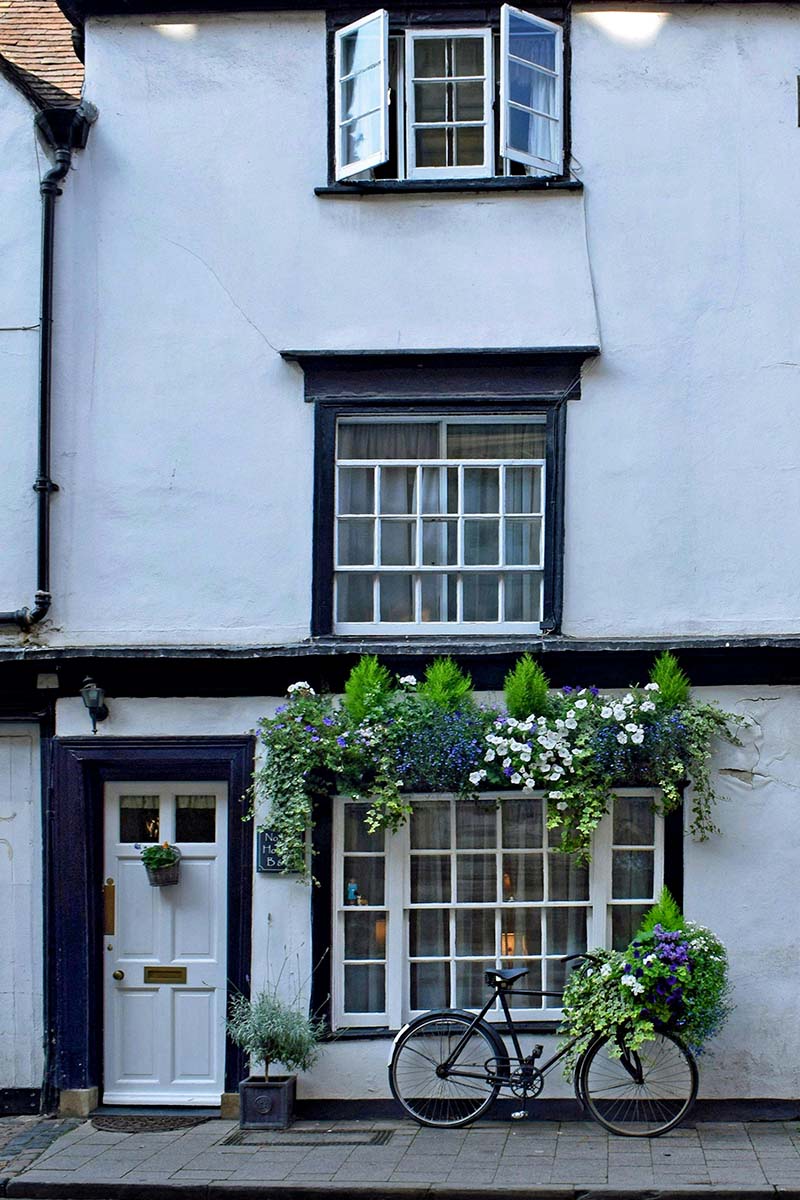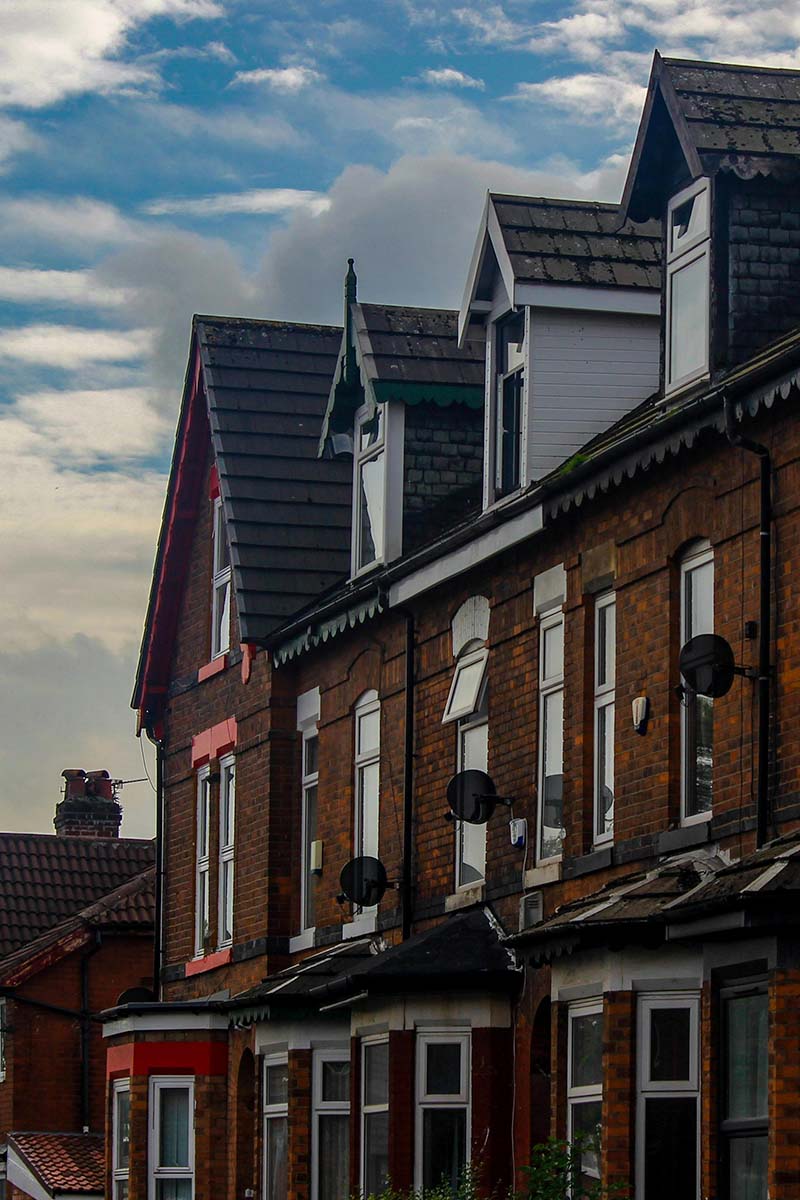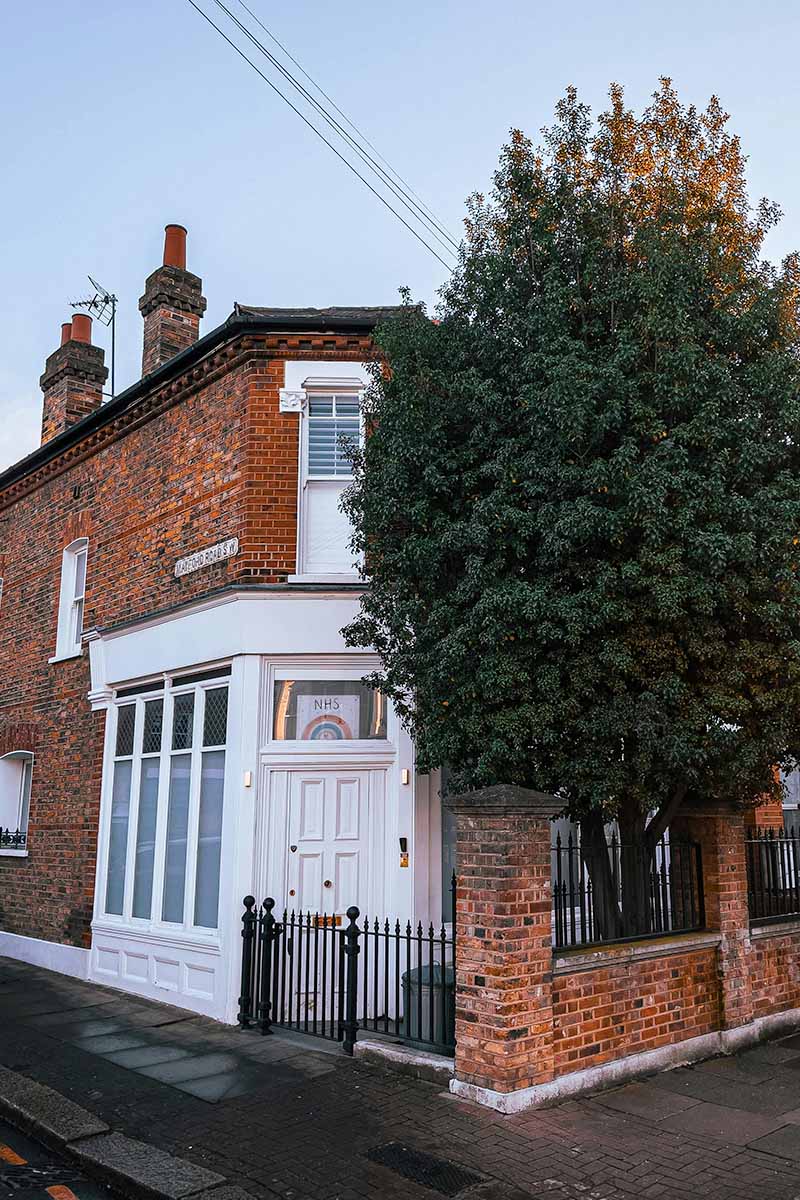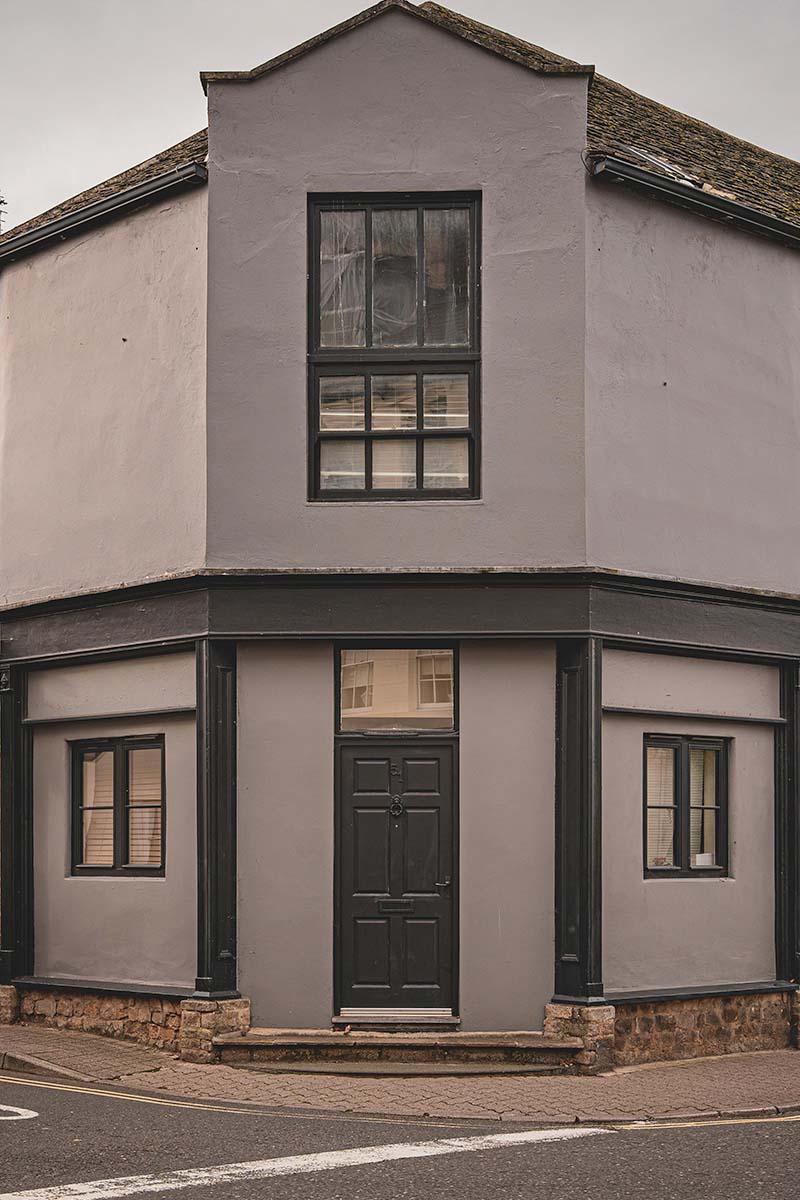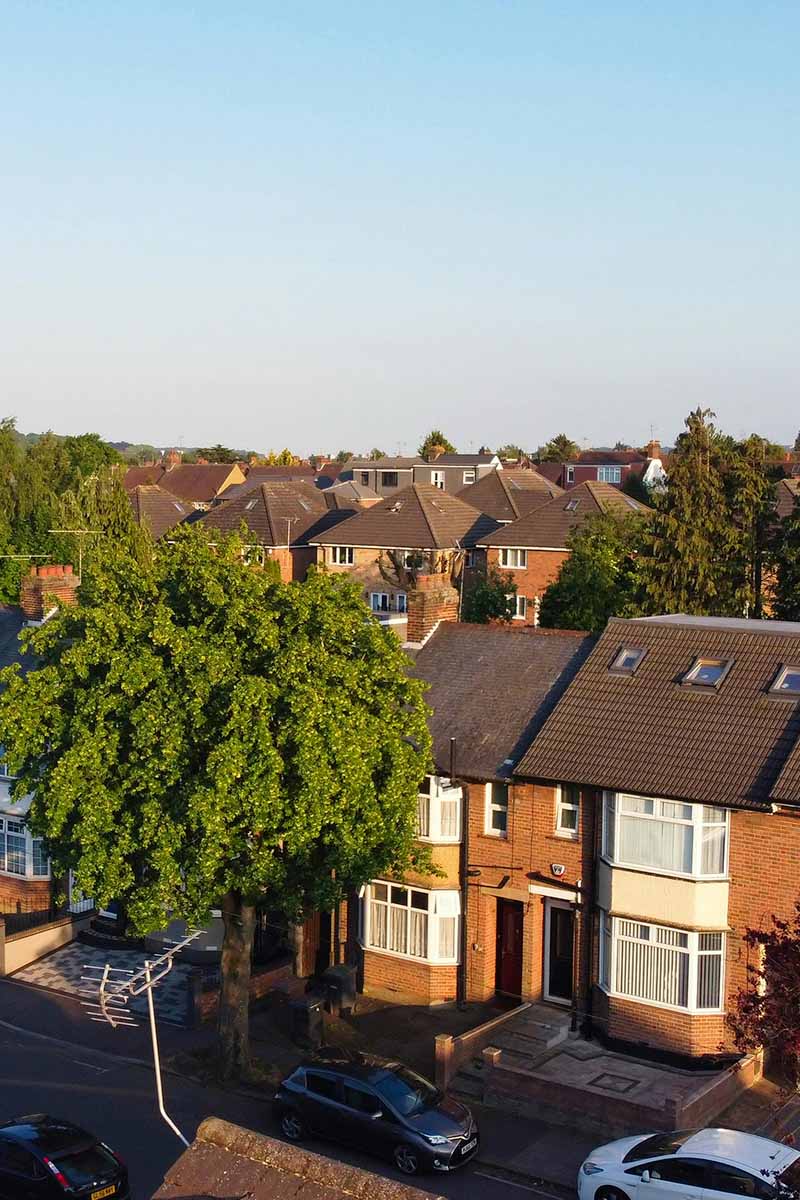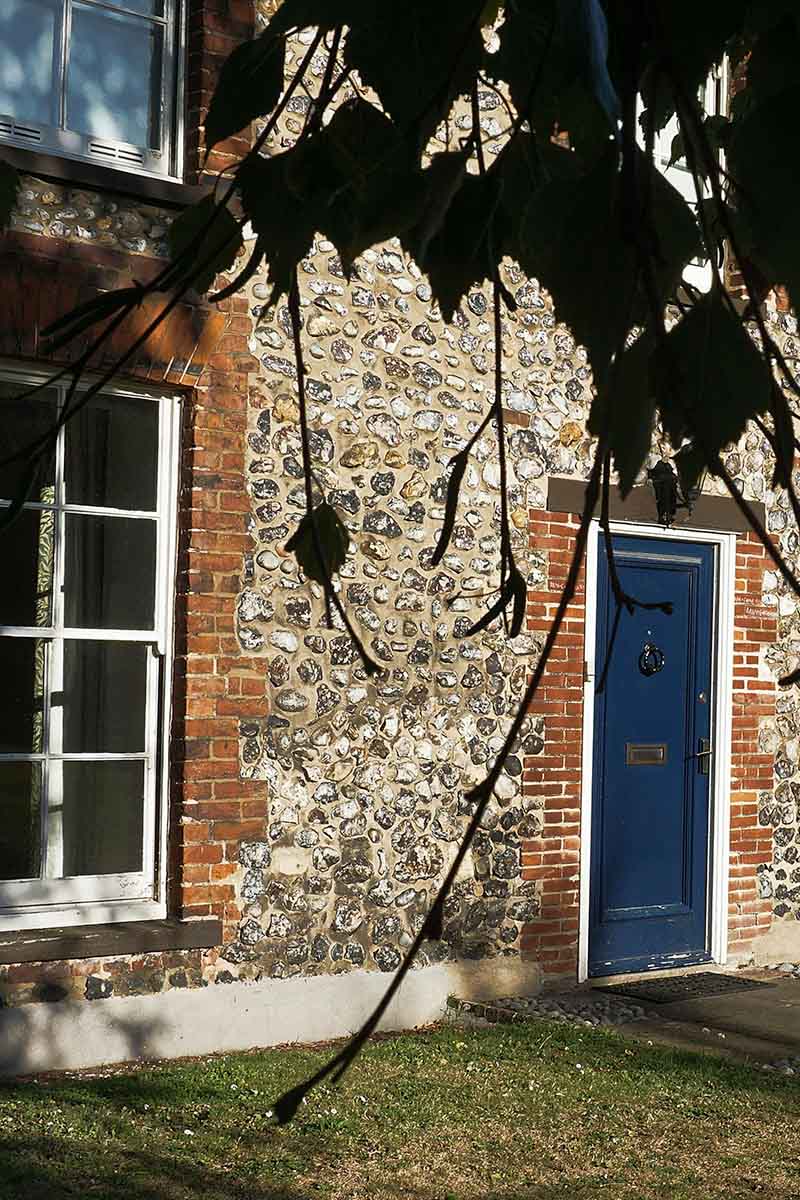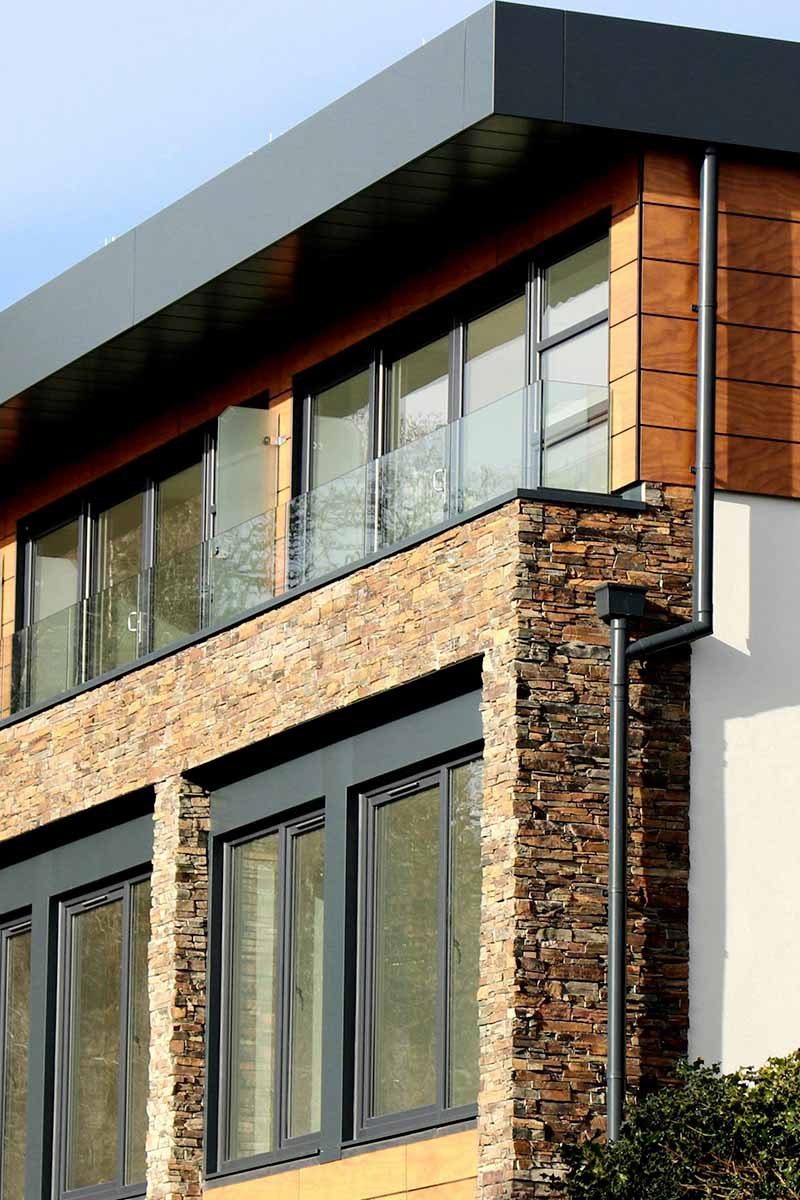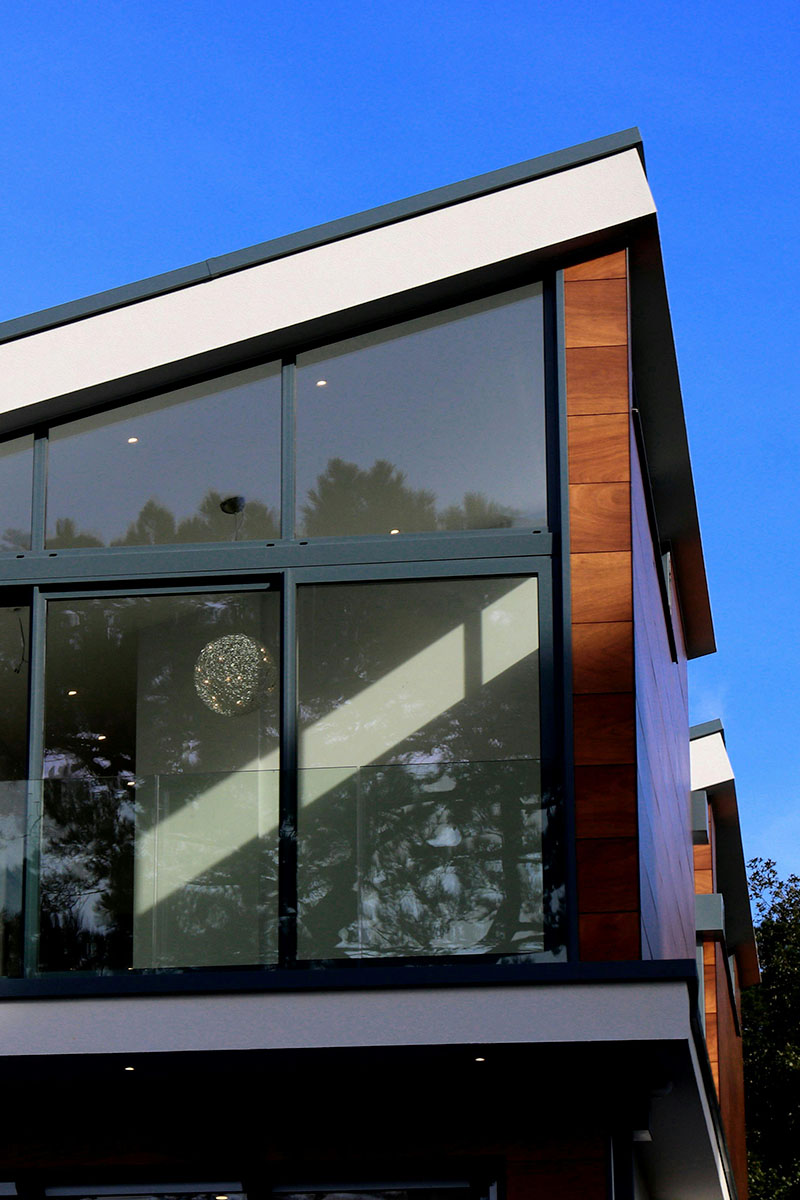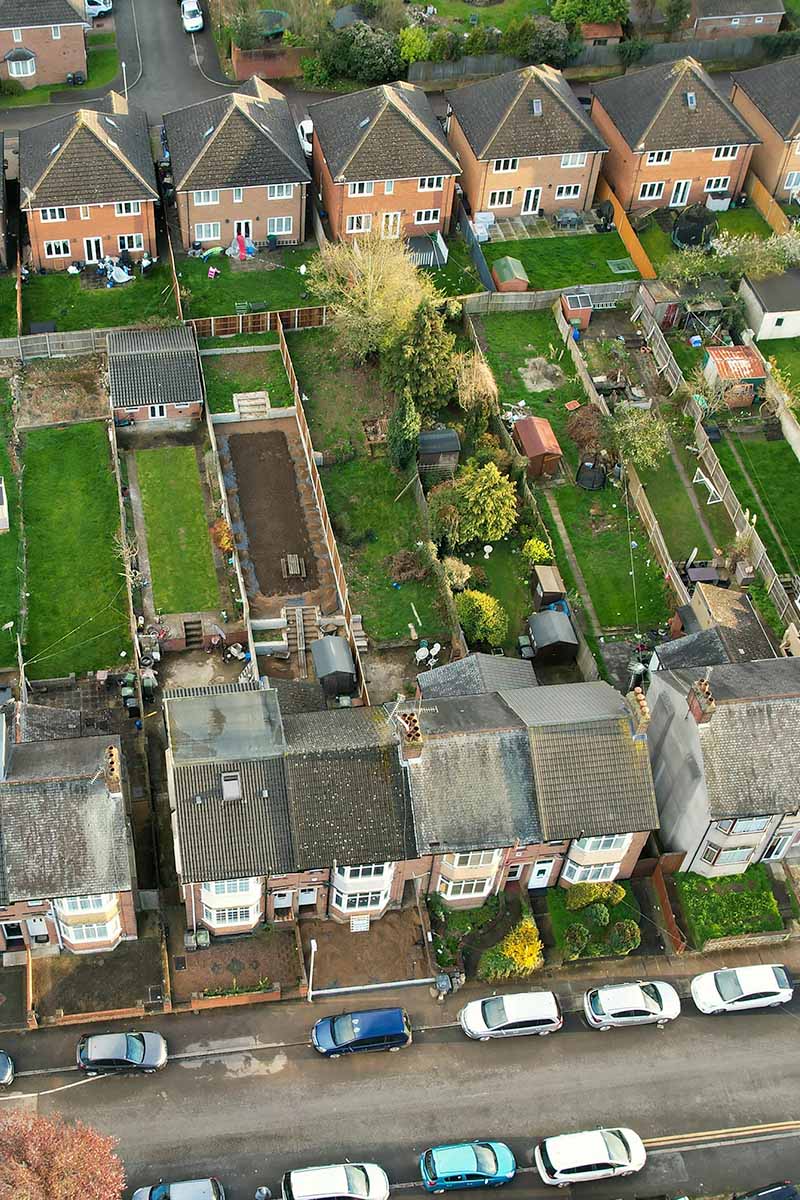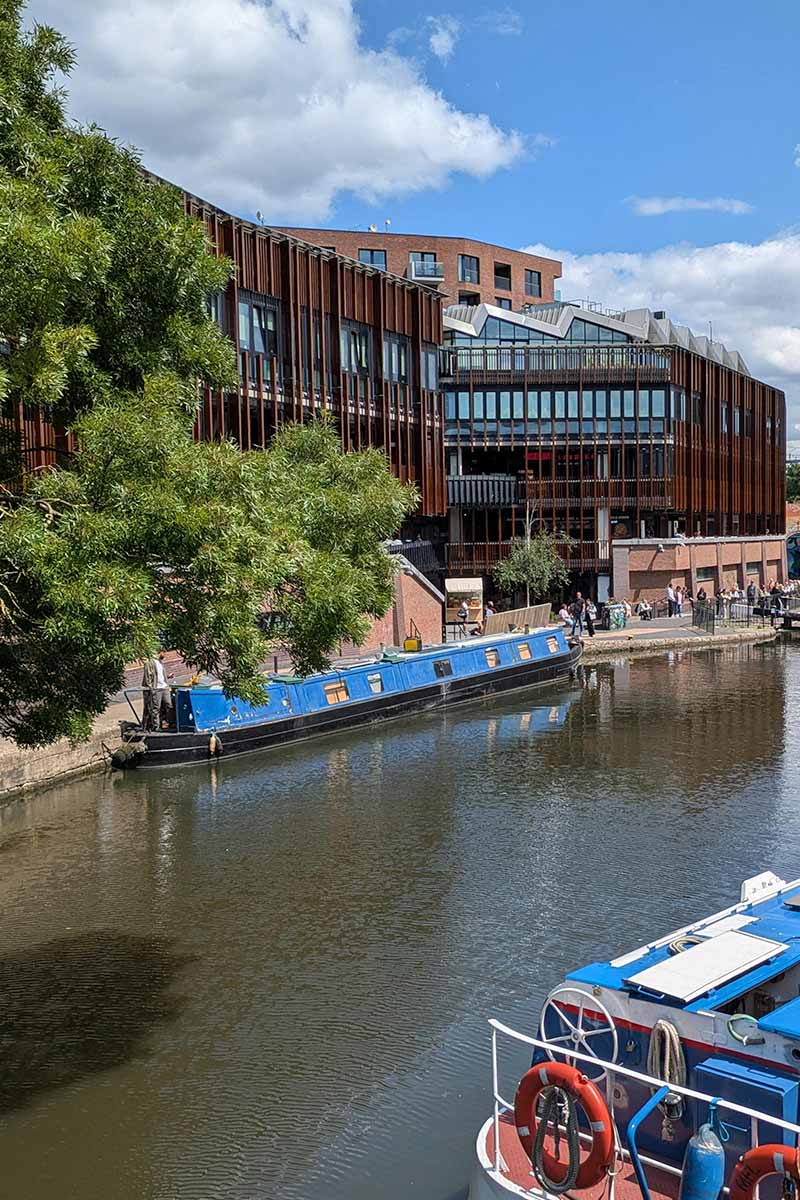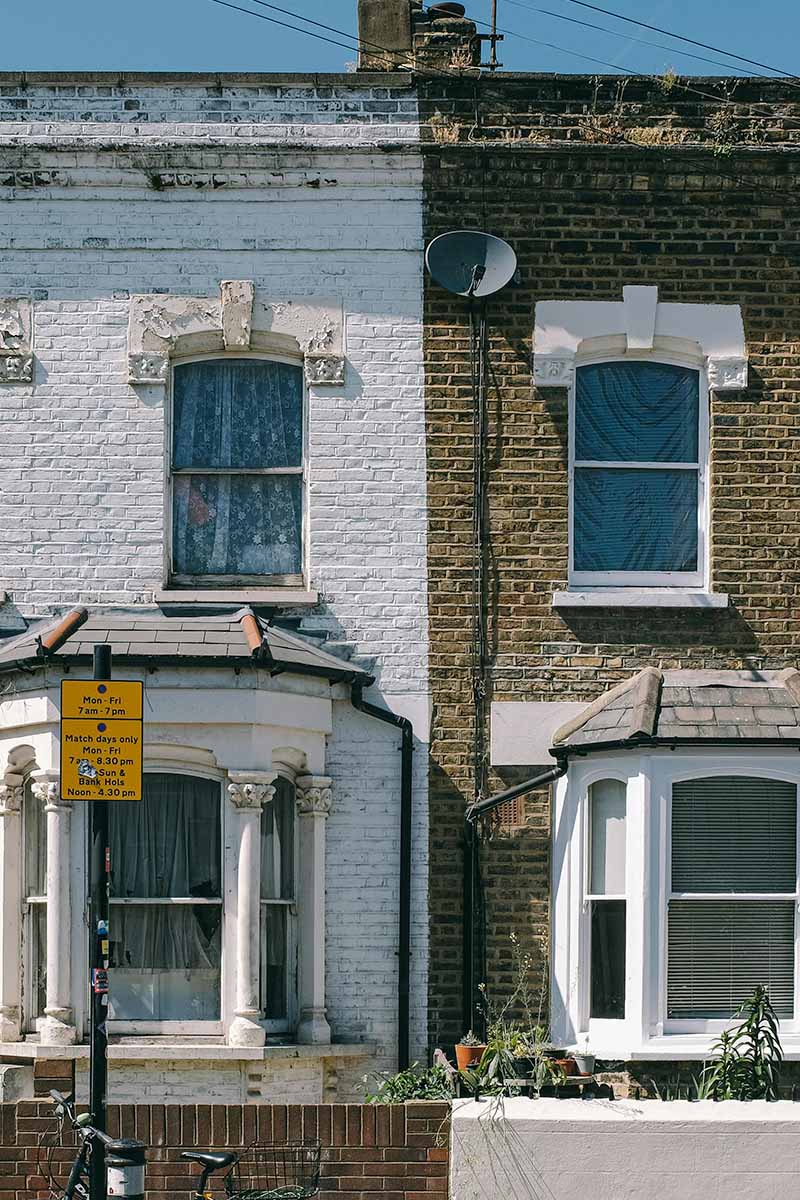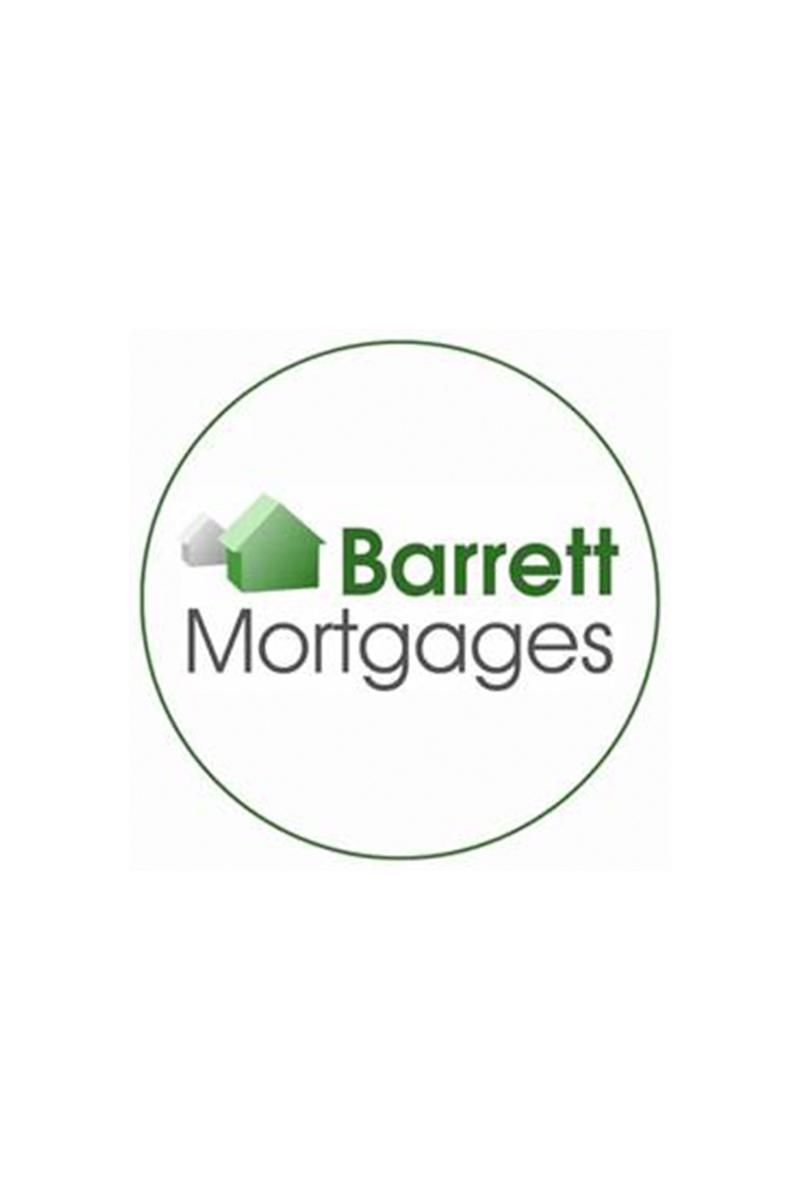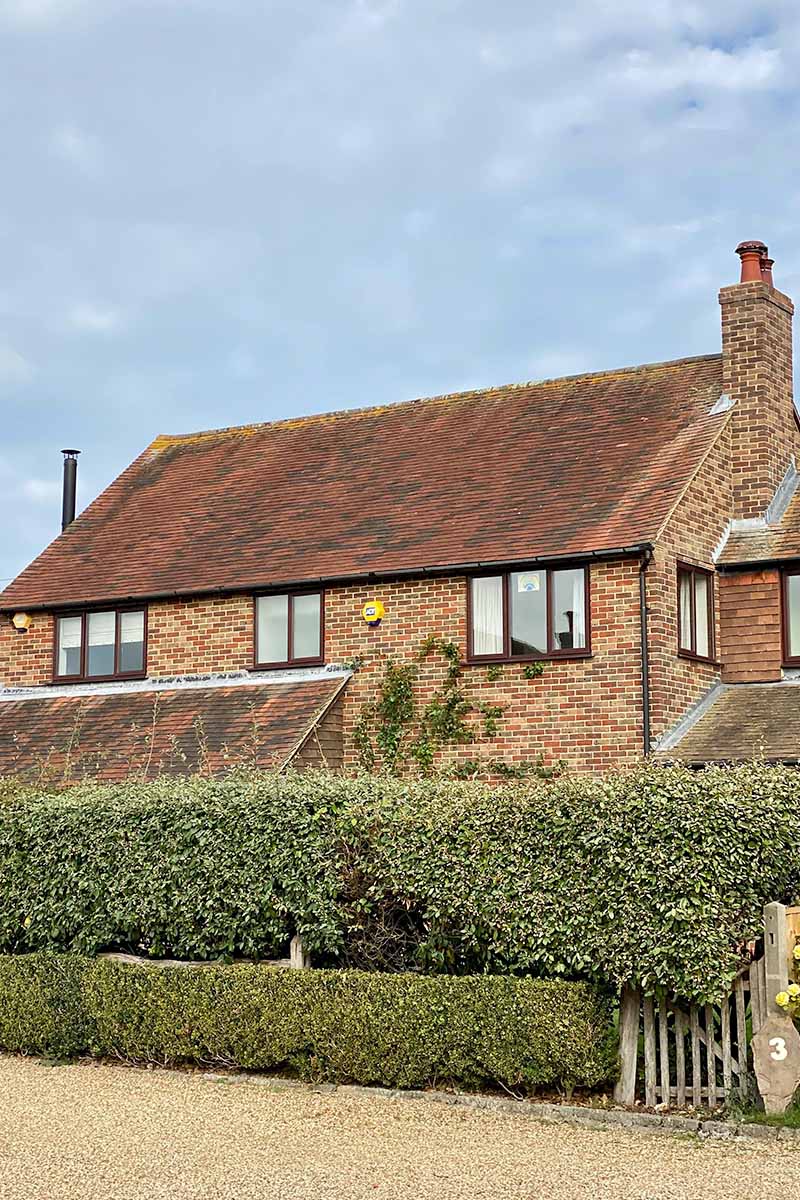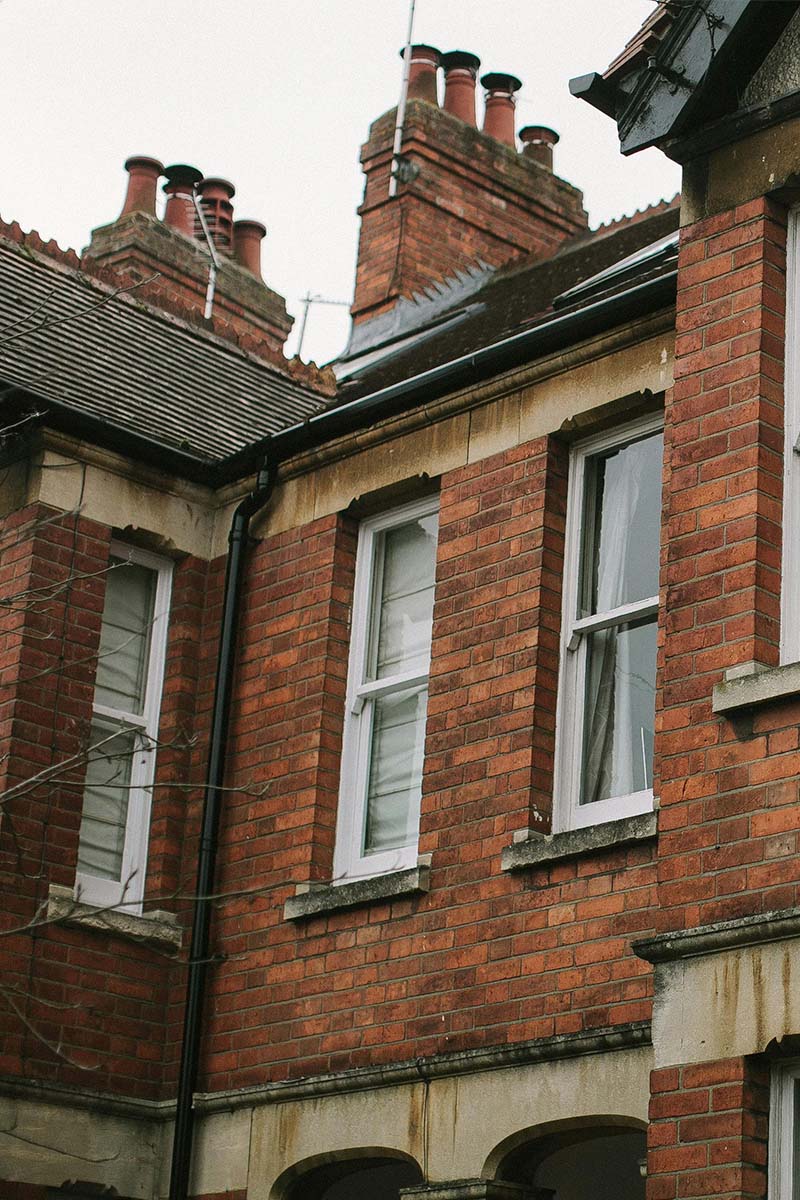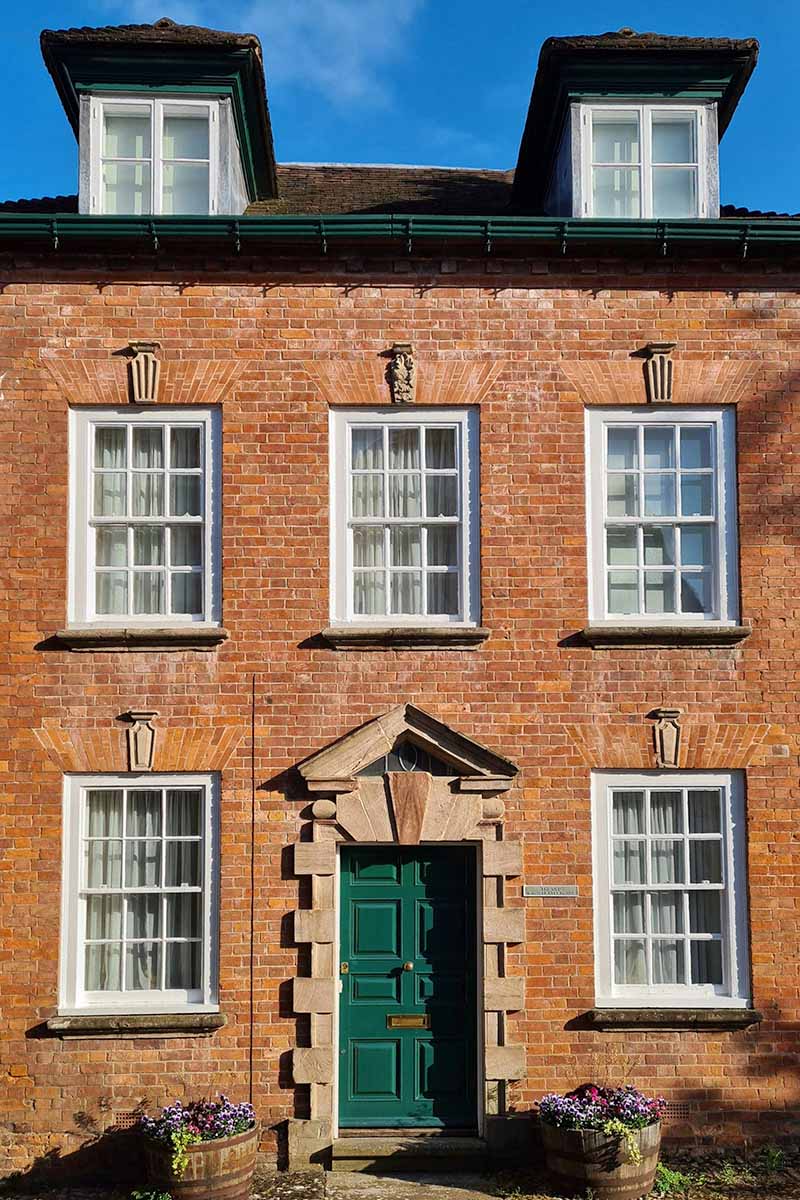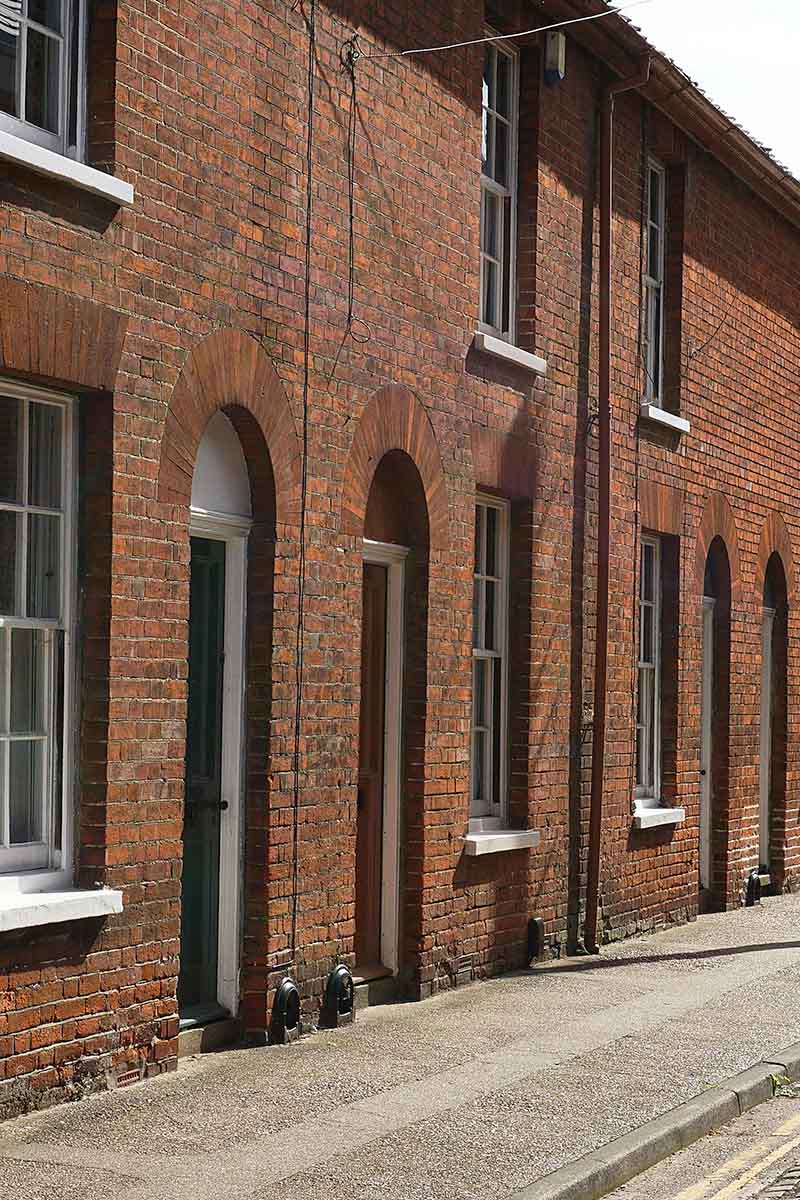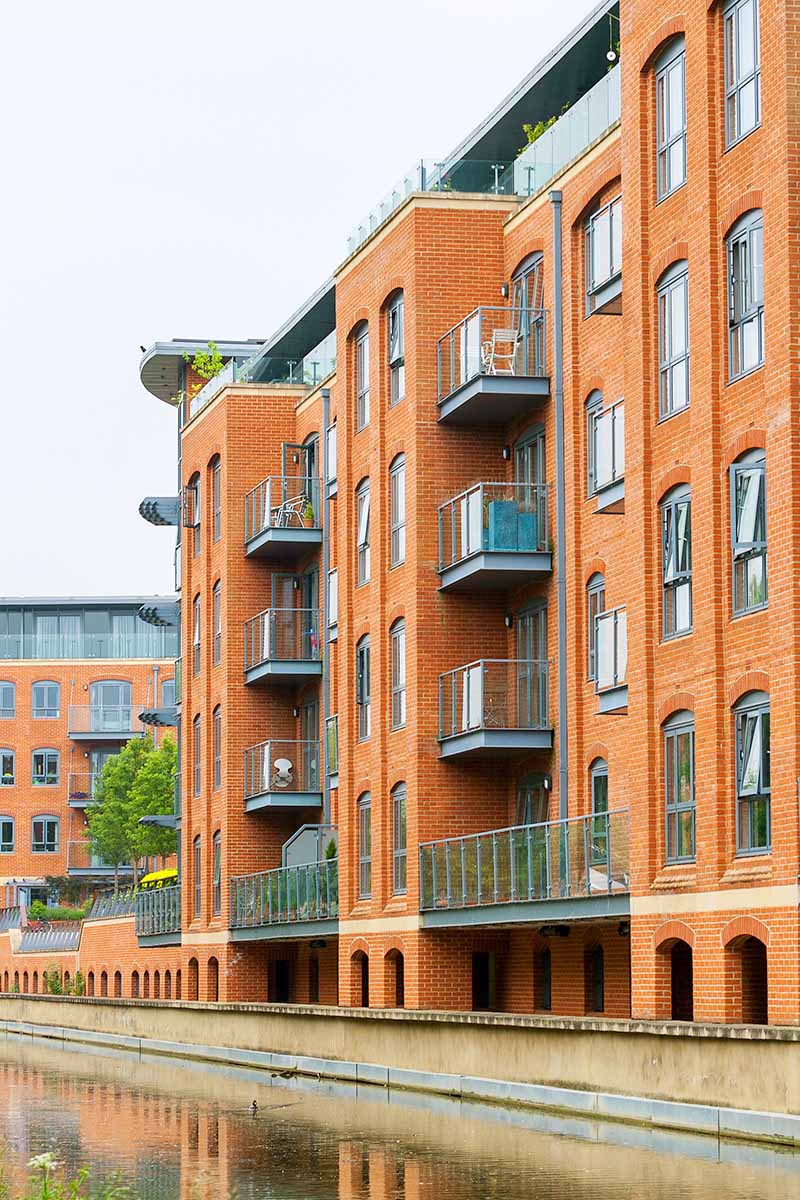What is a bridging loan?
A bridging loan is a short-term, secured loan designed to cover a financial gap between two property transactions. Most commonly, it’s used to buy a new home before selling your current one. Bridging loans are also used for property development, inheritance payouts, and other urgent financial needs. They're fast to arrange but come with higher costs and shorter repayment periods than traditional loans.
This article explains what bridging loans are and how they work. It covers use cases, costs, risks, and repayment — and offers an alternative for homeowners who need fast access to funds without borrowing.
Key points include:
- Bridging loans are short-term secured loans, often used to buy before selling.
- Loan terms range from a few weeks to 12–36 months.
- Interest rates are higher than mortgages and often charged monthly.
- Repayment usually comes from selling property or refinancing.
- Risks include repossession, default, and overestimating your exit plan.
- Selling for cash may offer a lower-risk alternative in urgent situations.

How does a bridging loan work?
A bridging loan gives you fast access to capital secured against a property. It’s typically used to fund a purchase before you’ve sold another asset, commonly being your current home. There are two main types of bridging loans:
Open bridging loan
This has no fixed repayment date but is still expected to be repaid within 12 months. It’s more flexible, but often more expensive.
Closed bridging loan
This has a set repayment date and is usually used when you have a confirmed sale or other funds lined up. It generally comes with lower rates.
When would someone use a bridging loan?
Bridging loans are used when speed is more important than cost or long-term affordability. Some common use cases:
- Buying a new home before your current one sells.
- Securing a property at auction with a 28-day completion deadline.
- Renovating a property before refinancing with a mortgage.
- Releasing equity quickly to cover business or tax obligations.
- Paying inheritance tax while waiting for probate.
How much does a bridging loan cost?
Bridging finance is more expensive than traditional mortgages. Typical charges include:
- Monthly interest: 0.5% to 1.5%.
- Arrangement fee: 1–2% of the loan amount.
- Valuation and legal fees: Paid upfront or added to the loan.
- Exit fees: Sometimes charged on repayment.
- Additional costs: For default, extensions, or legal complications.
Interest is almost always charged monthly, not annually, and is often rolled up and repaid at the end.
Here’s a breakdown of current bridging loan rates based on loan-to-value (LTV):
Bridging loan case study: Buying before you sell
Emma owns a home in Manchester worth £300,000. She finds her dream countryside property listed at £375,000, but the seller wants a fast sale and is receiving serious interest. Emma hasn’t put her current home on the market yet and knows she can’t wait for a traditional sale to go through.
Emma applies for a bridging loan secured against her existing home. Her loan is structured as follows:
- Loan amount: £300,000.
- Monthly interest: 0.64%.
- Loan term: 6 months (though she aims to repay within 3).
- Arrangement fee: 1.5% (£4,500).
- Interest rolled up and repaid in full at the end.
If she sells her current home after three months, here’s what the bridging loan would cost:
- Interest over 3 months: £300,000 × 0.64% × 3 = £5,760.
- Arrangement fee: £4,500.
- Total to repay: £310,260 (loan + interest + fee).
Emma now has the funds to secure her next home quickly, without waiting to sell. If her home sells as planned, the loan is cleared and she moves on.
However, if Emma’s property takes longer to sell, she could:
- Incur more interest (each additional month adds around £1,920).
- Be charged an extension fee if she needs to renegotiate terms.
- Face pressure to drop the sale price or cover shortfalls from savings.
How do you repay a bridging loan?
Repayment usually comes from:
- Proceeds of a property sale.
- Funds released from a remortgage.
- Cash or assets from another source.
You may choose to roll up the interest and repay everything at once, or make monthly payments during the loan.
Who is eligible for a bridging loan?
These loans are available to both individuals and companies. Typical requirements include:
- Being a UK resident over 18.
- Securing the loan against a property.
- Having a clear exit strategy.
- Sufficient equity or proof of funds.
What are the risks of a bridging loan?
Bridging loans can be useful, but they carry serious risks if things don’t go to plan. Here’s what to consider:
- Risk of repossession: These loans are secured against property. If you can’t repay, the lender could take possession of your home or asset.
- High interest and fees: Rates are much higher than mortgages. Interest is charged monthly and costs can build quickly, especially with delays.
- Short repayment period: Most terms last under 12 months. If your property doesn’t sell in time, or your refinancing falls through, you may default or face large penalties.
- Default and arrears: Missing repayments triggers penalties, late fees, or higher interest. This can make the loan harder to clear and affect your credit rating.
- Unregulated terms: Some loans, especially commercial ones, are unregulated. Lenders can set their own rules, and you may have fewer protections.
- Negative equity risk: If property prices fall, you might owe more than the property is worth. That could make repayment difficult or lead to further losses.
- Overestimating your exit strategy: If your home doesn’t sell for what you expect or refinancing isn’t approved, your repayment plan could fall short.
- Compound interest: Some lenders charge interest on unpaid interest. This can make debt spiral quickly and reduce any profit from the transaction.
Save time and hassle by selling your home with us
Get a guaranteed cash offer on any property in England and Wales. All you need to do to get started is enter your address below.
Deciding whether a bridging loan is right for you
A bridging loan could be worth considering if:
- You’ve found a property and need to act quickly.
- You’re buying at auction or with a tight deadline.
- You have a reliable repayment plan.
It may not be right for you if:
- Your finances are uncertain.
- You don’t have a clear or guaranteed exit strategy.
- You’d struggle with unexpected costs or delays.
Where to get bridging loans
If you’ve decided that a bridging loan fits your situation, here are a few well-known services that let you compare lenders and rates:
These platforms let you filter by term length, loan amount, and interest rates. Always read the full terms carefully and understand all fees before applying.
Alternatives to bridging loans
If you need quick access to funds and don’t want to take on debt or risk repossession, you may want to sell your property for cash instead.
With a cash sale, you typically receive between 88–92% of market value. You don’t pay monthly interest, legal fees, or exit charges, and the sale can complete in a matter of weeks.
It may be a good option if you:
- Want to avoid borrowing.
- Don’t want the pressure of a repayment deadline.
- Need funds quickly and with certainty.
How Habello works
Habello offers a simple way to sell your property quickly — without estate agents, mortgages, or bridging loans.
- Start with your postcode and a few details.
- Get a no-obligation cash offer within 24–48 hours of valuation.
- Flexible completion timelines.
- We handle the legal side and cover most fees.
There’s no pressure, no waiting, and no borrowing. Just a straightforward way to unlock your home’s value.
Get a cash offer by submitting your details below.
Property owners are choosing Habello for a faster, easier and less stressful way to sell
Sell your home quickly for cash by accepting an offer just below market value. See how we compare to your other options by using the calculator below.
Related guides
Bring yourself up to speed with our property guides.

